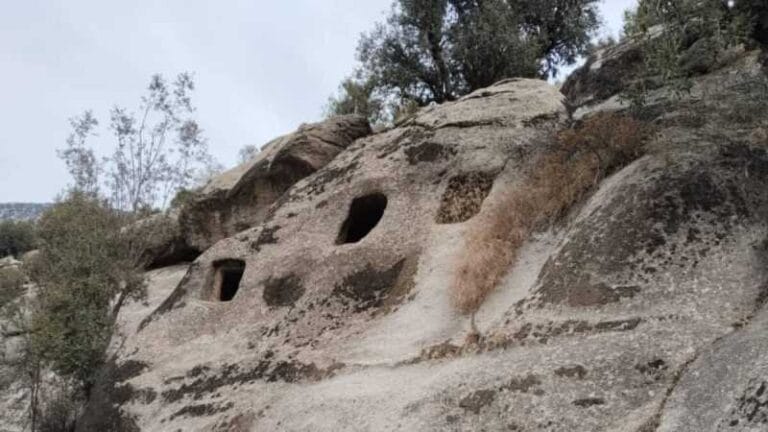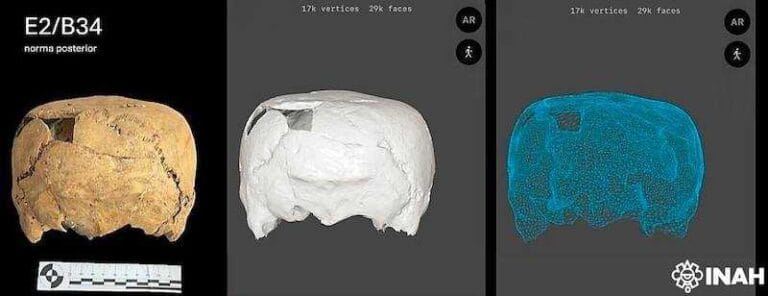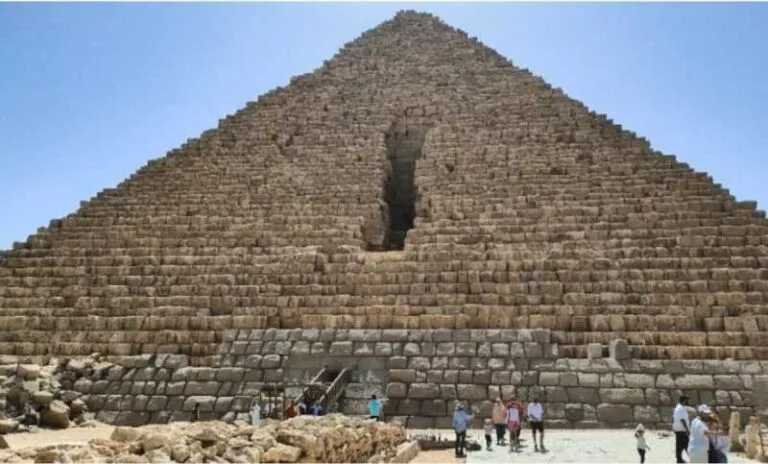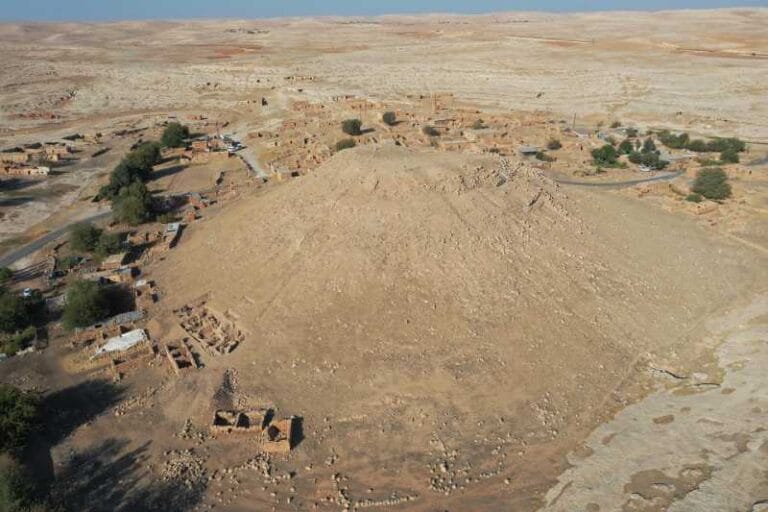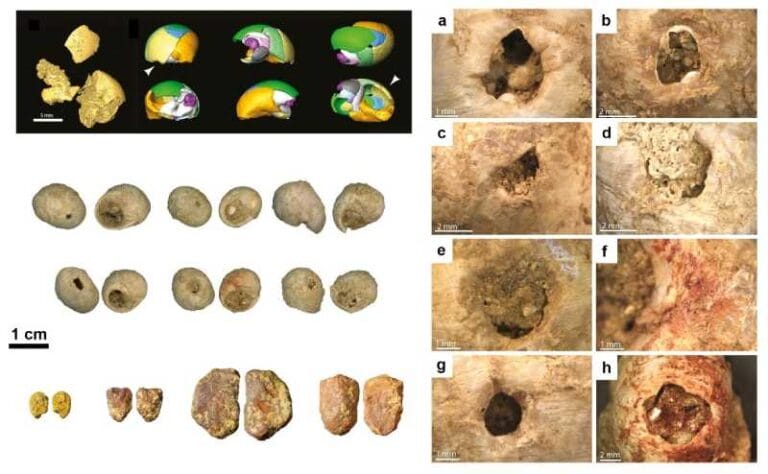Archaeological Discovery in Manching: 40,000 Celtic Artifacts and a Rare Warrior Statuette

In a 6,800 m² area of the Celtic oppidum of Manching in Bavaria, archaeologists recovered over 40,000 artifacts dating back to the Iron Age. The highlight is a bronze warrior statuette, just 7.5 centimeters tall and weighing 55 grams, depicting a combatant in an attacking stance, with a sword in one hand and a shield in the other. A ring on its head suggests the piece likely functioned as a pendant.
Despite its small size, the statuette demonstrates remarkable technical complexity. Produced using the lost-wax casting technique, it underwent X-rays at the Bavarian State Office for the Preservation of Monuments (BLfD), which confirmed the solid bronze and revealed details hidden beneath corrosion.

The figure’s design intrigues experts: it appears to wear chest armor but remains naked from the waist down. Some researchers relate this choice to Greek representations of courage and masculinity. The object’s function—whether ornament, spiritual item, or ritual artifact—remains uncertain, but it highlights the refined skill of Celtic artisans. “This 75-millimeter, 55-gram statuette is extremely intricate and detailed,” commented Thomas Stöckl, a BLfD restorer, during a press presentation.

Excavations carried out between 2021 and 2024 documented 1,300 archaeological structures, revealing traces of urban planning with residential zones and workshops. More than 15,000 metal objects were recovered, many fragments of recycled Celtic metallurgy. All artifacts were scanned in detail—totaling 2,034 images—allowing precise studies of manufacturing techniques and materials.
The findings also shed light on the diet of Manching’s inhabitants: bones and fish scales confirm consumption of beef, pork, grains, and fish. Horses were slaughtered only at an older age, mainly used for work, while sheep and goats provided primarily wool and milk.
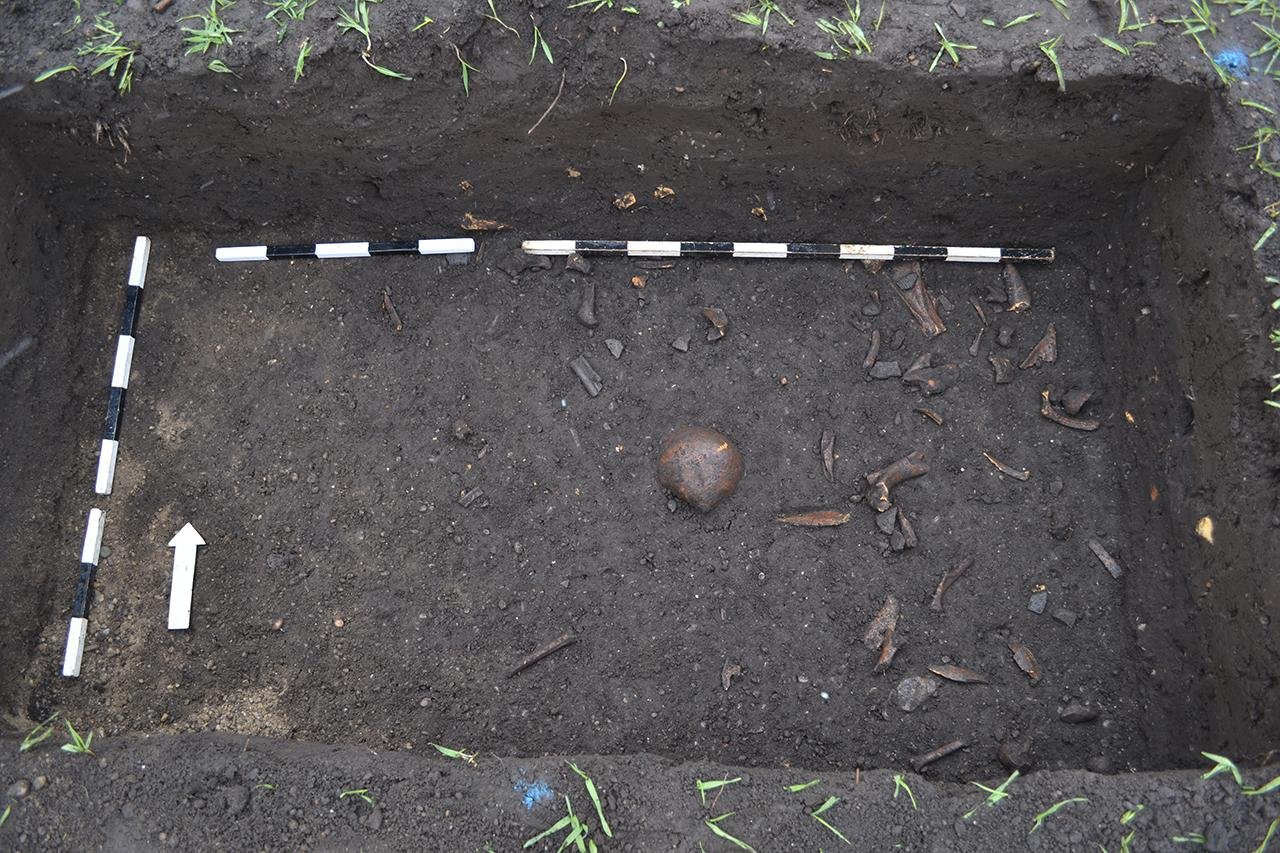
Another remarkable discovery was a ritual deposit inside a box, dated between 120 and 60 BCE, containing remains of at least three individuals, animal bones, 32 metal objects, and fragments of over 50 ceramic vessels. Sebastian Hornung, excavation director at Pro Arch Prospektion und Archäologie GmbH, described the find as “extraordinary” due to the preservation of two nearly complete skeletons in the same context.
Manching was occupied from the late 4th century BCE and, by the 2nd century BCE, had already emerged as a political and economic center north of the Alps. At its peak, it covered 400 hectares and housed up to 10,000 inhabitants—larger than medieval Nuremberg at the time. Its decline began around the mid-1st century BCE.
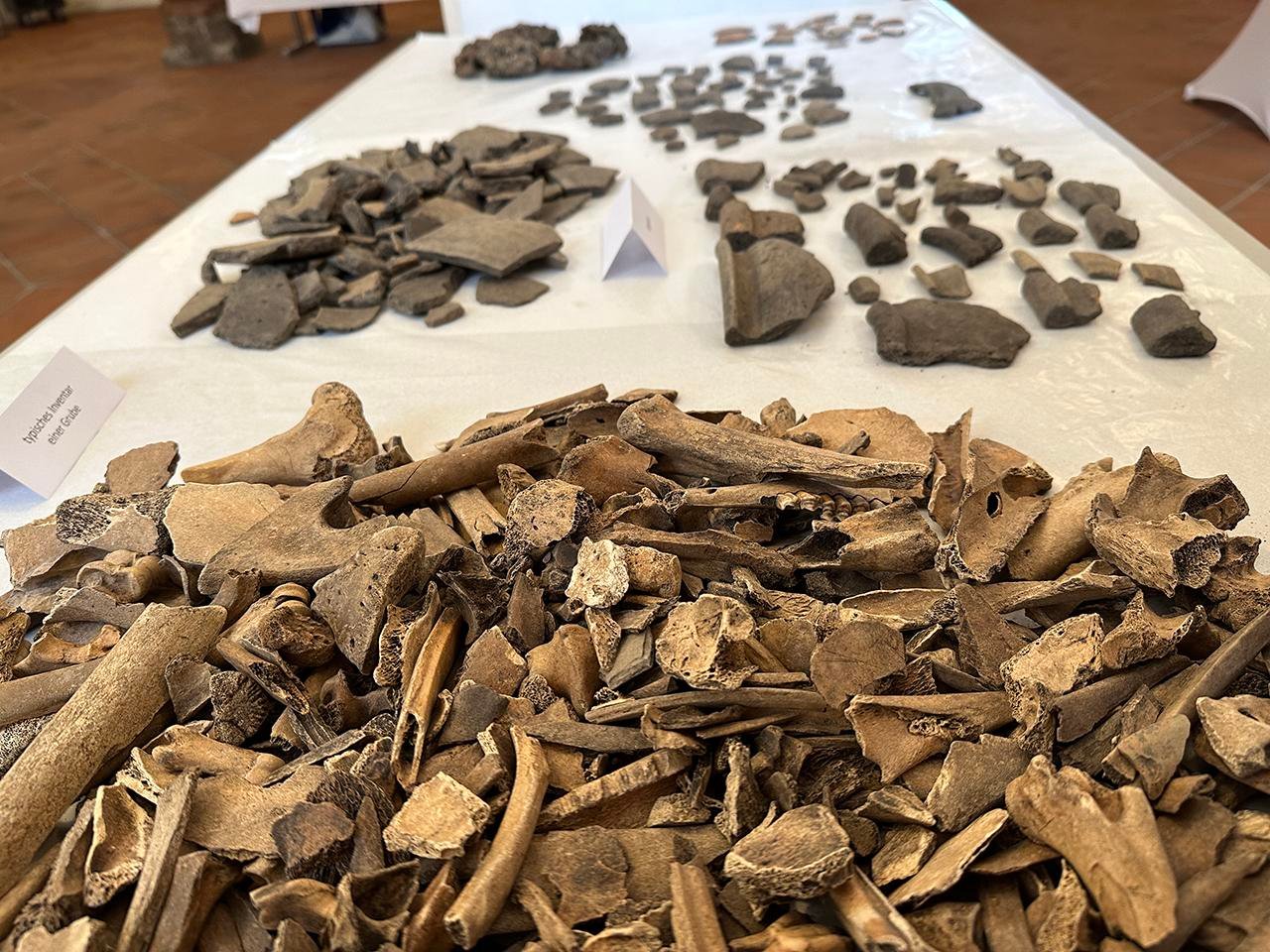
Although one of the most studied Celtic settlements in Central Europe, only 12% of the site has been explored. “The wealth of recent finds shows how late Iron Age occupation was organized: how people lived, worked, ate, whom they traded with, and the techniques they had developed,” explained Mathias Pfeil, chief conservator of the BLfD.
Manching had already yielded significant discoveries. In 1999, archaeologists found a treasure containing 483 gold coins and a 3.7-kilogram ingot. The treasure was preserved in a local museum but was stolen in 2022. A gang was convicted earlier this year, though the gold remains missing—melted fragments suggest it may be lost forever.
With the conclusion of the latest excavation, the new artifacts will be incorporated into state collections, ensuring study and preservation for future research.
More information: Bavarian State Office for the Preservation of Historical Monuments (BLfD)

